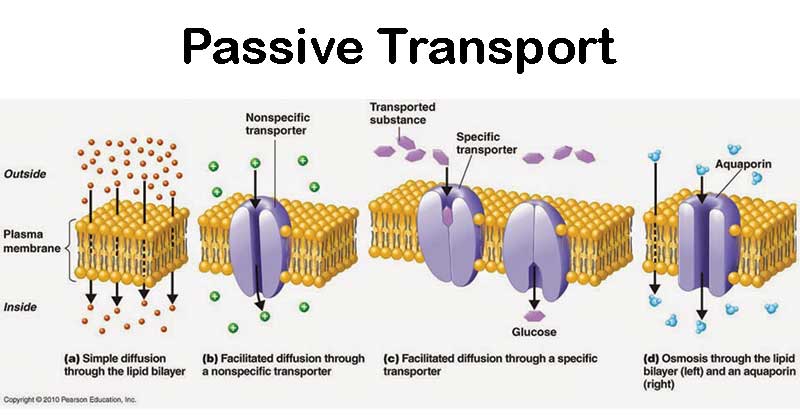If articular cartilage endochondral ossification(and) is to be a viable with which to grow taller then the existing articular cartilage must grow and replenish while the rest ossifies. Vertebral and joint cartilage contributes to height so if there was a way to get them to grow then we could become taller. Since cartilage has poor blood supply it heals and grows by passive diffusion. So our goal would be to maximize passive diffusion.

The factors affecting diffusion are :
“Temperature: Higher temperatures increase molecular energy, leading to faster movement and enhanced diffusion.
Concentration Gradient: The steeper the gradient (difference in concentration), the faster the diffusion.
Molecular Mass: Smaller molecules diffuse more rapidly than larger ones.
Medium: Different substances diffuse at varying rates through different media.”
So what we can influence is temperature and concentration gradient. Temperature is obvious but for concentration gradient we can increase supplementation and increase fluid flow as the more fluid is flowing the higher concentration is going to be and therefore the more compounds are going to be diffusing into the articular cartilage.
This coincides with anecdotal evidence that movement is vital for healthy cartilage and with the observation that sufficient force in chiropractic treatment is required to induce joint cavitation.
The Effect of Antibody Size and Mechanical Loading on Solute Diffusion Through the Articular Surface of Cartilage
” Therefore, the goal of this study is to investigate how the size of antibody (Ab) variants, as well as application of cyclic mechanical loading{the cyclic nature of the loading as the changing in load rate is important as well as overall load}, affects solute transport within healthy cartilage tissue. Penetration of fluorescently tagged solutes was quantified using confocal microscopy. For all the solutes tested, fluorescence curves were obtained through the articular surface. On average, diffusivities for the solutes of sizes 200 kDa, 150 kDa, 50 kDa, and 25 kDa were 3.3, 3.4, 5.1, and 6.0 μm2/s from 0 to 100 μm from the articular surface. Diffusivities went up to a maximum of 16.5, 18.5, 20.5, and 23.4 μm2/s for the 200 kDa, 150 kDa, 50 kDa, and 25 kDa molecules, respectively, from 225 to 325 μm from the surface. Overall, the effect of loading was very significant, with maximal transport enhancement for each solute ranging from 2.2 to 3.4-fold near 275 μm{so mechanical loading has a lot of potential to benefit passive diffusion and therefore cartilage growth}. Ultimately, solutes of this size do not diffuse uniformly nor are convected uniformly, through the depth of the cartilage tissue. This research potentially holds great clinical significance to discover ways of further optimizing transport into cartilage and leads to effective antibody-based treatments for OA.”
